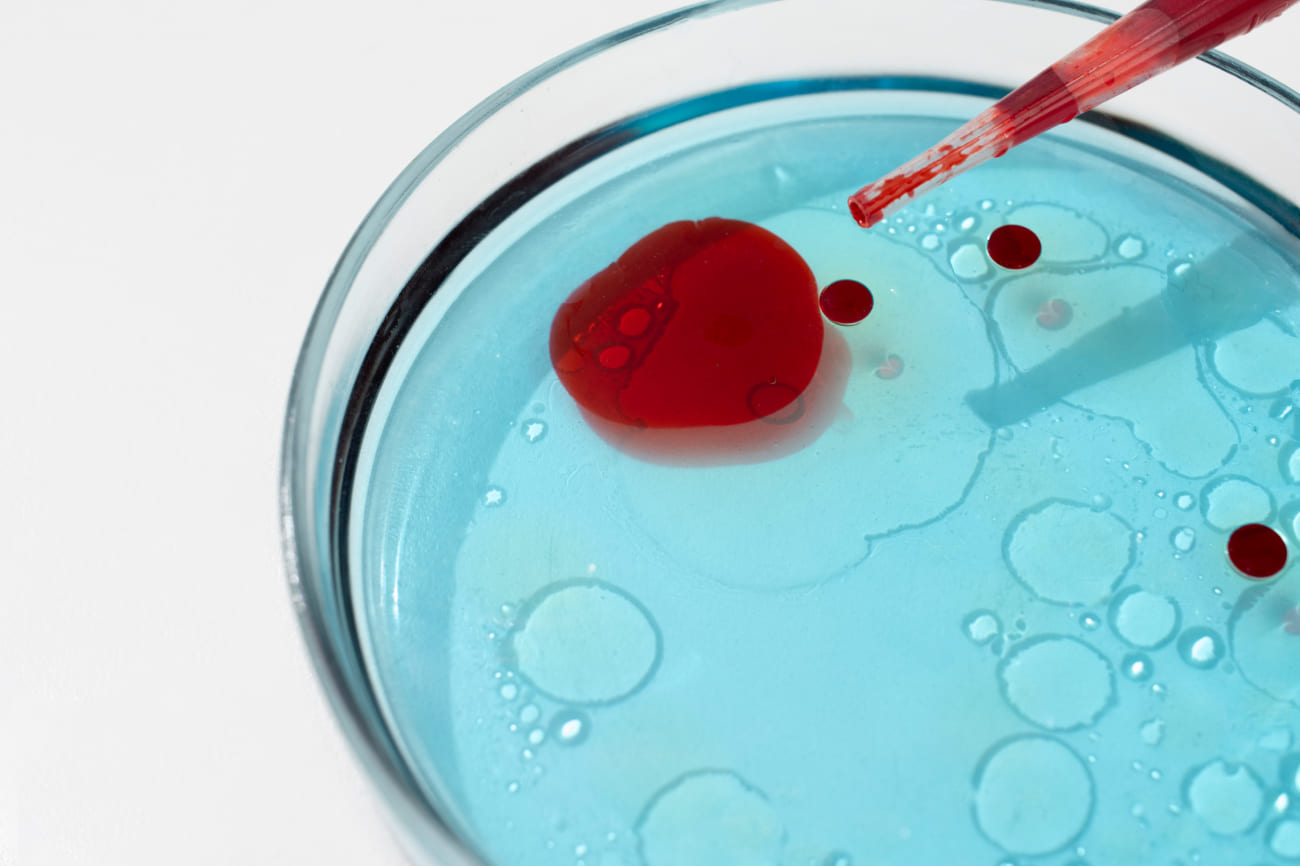Causes and Effective Low Platelets Treatment Options

Low platelets, medically known as thrombocytopenia, can cause concern. Whether it's a temporary or chronic issue, understanding what causes low platelet counts and how they can be treated is crucial. If you're experiencing symptoms related to this condition or simply want to know more, this blog will explore some common causes of low platelets and discuss effective treatments to help manage and improve this condition.
What Are Platelets?
Platelets are tiny blood cells that are crucial to your body's ability to stop bleeding. They rush to the site of an injury, clump together, and form a plug that helps seal your blood vessels. Without enough platelets, your body can't form clots effectively, leading to excessive bleeding. Understanding the importance of platelets gives us insight into why maintaining an average count is essential for overall health.
Causes of Low Platelets
Understanding the following causes of low platelet count can help manage health effectively.
-
Bone Marrow Disorders
The bone marrow produces platelets, so any disorder affecting this process can lead to low counts. Leukemia, a type of cancer affecting the blood and bone marrow, is one such condition. Additionally, aplastic anemia can result in thrombocytopenia when the bone marrow fails to produce sufficient blood cells. Early diagnosis and treatment of bone marrow disorders are vital for managing platelet levels.
-
Nutritional Deficiencies
A lack of essential nutrients can affect platelet production. Vitamin B12 or folate deficiency can hinder the bone marrow's ability to produce platelets. Additionally, low iron levels might contribute to reduced platelet counts. Ensuring a balanced diet rich in these nutrients can support healthy platelet production and overall well-being.
-
Medications
Some medications can lead to low platelet counts as a side effect. Chemotherapy drugs, for instance, often suppress bone marrow activity, resulting in decreased platelet production. Consulting with a healthcare professional about medication side effects is essential for managing this risk.
Treatments for Low Platelets
The following treatments are effective methods to improve low platelet count.
-
Dietary Changes
Improving nutritional intake can positively impact platelet levels. Consuming foods rich in vitamin B12, folate, and iron supports bone marrow function and platelet production. Leafy greens, lean meats, and fortified cereals are excellent dietary sources of these nutrients. Supplements might be recommended for those with dietary restrictions to fill nutritional gaps.
-
Blood or Platelet Transfusions
In severe cases of thrombocytopenia, where there is a risk of life-threatening bleeding, blood or platelet transfusions may be necessary. This treatment immediately boosts platelet levels, reducing the risk of bleeding complications. While not a long-term solution, transfusions can be life-saving in critical situations.
-
Splenectomy
For individuals with chronic immune thrombocytopenia, a splenectomy (surgical removal of the spleen) might be considered. The spleen filters blood and removes old or damaged platelets. Removing the spleen can help increase platelet counts by reducing platelet destruction. This treatment is typically reserved for cases where other therapies have been ineffective.
Managing low platelets requires a comprehensive understanding of their causes and the available treatment options. Regular monitoring and consultations with healthcare professionals are critical in maintaining a healthy platelet count. Staying informed and proactive about your condition empowers you to make better choices.
